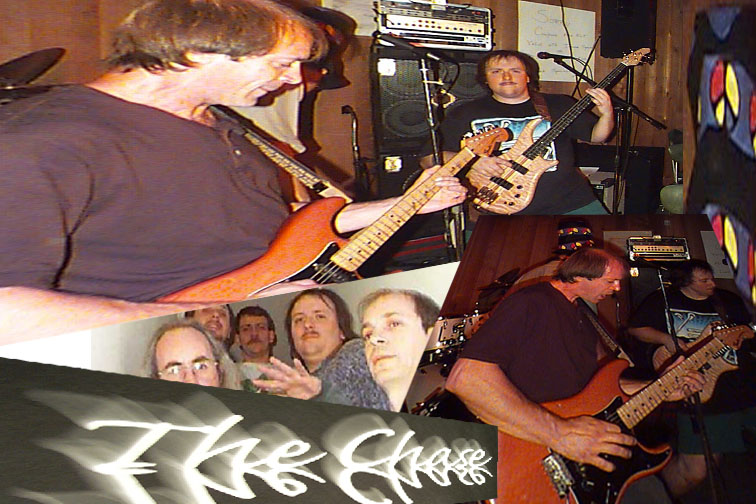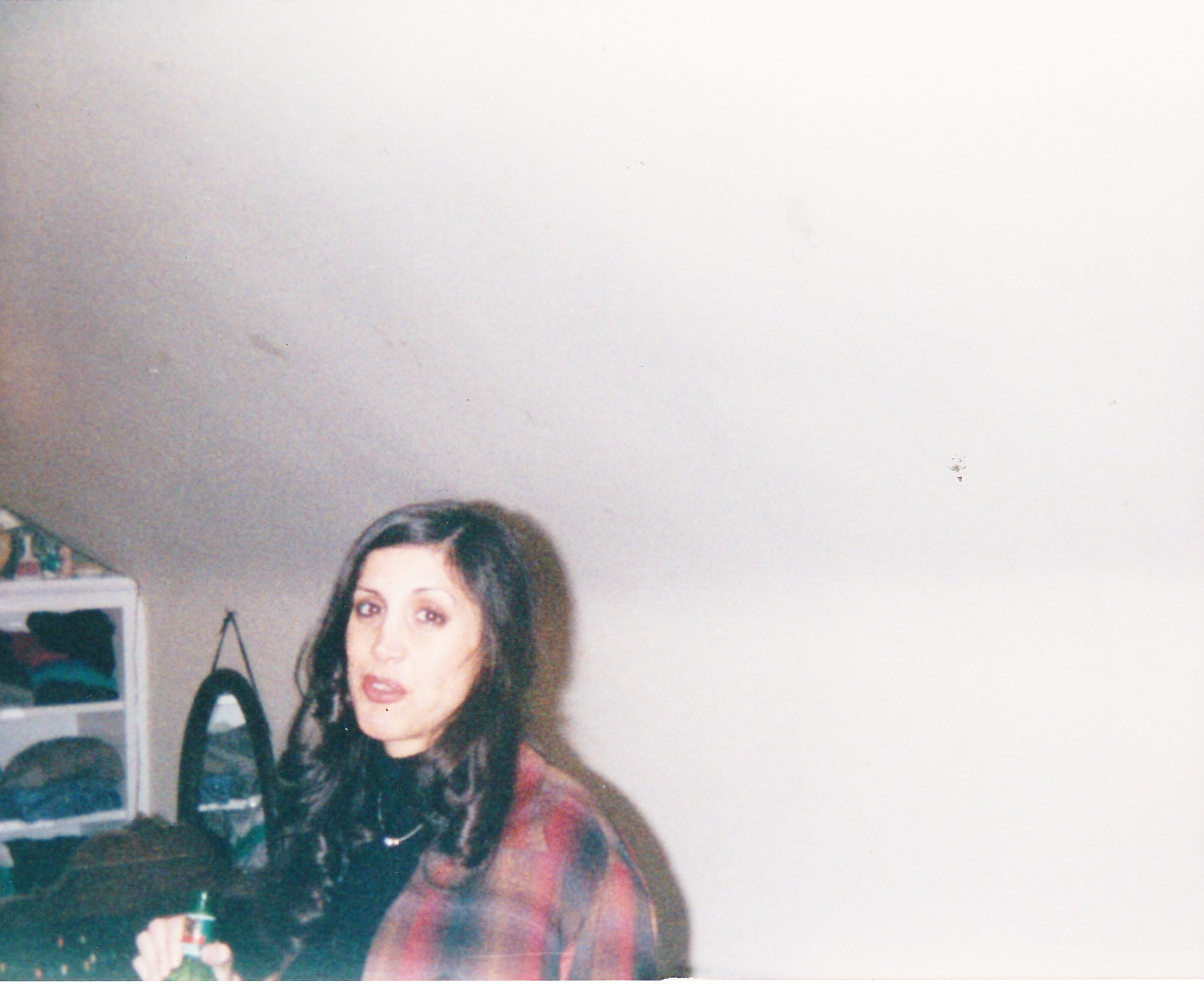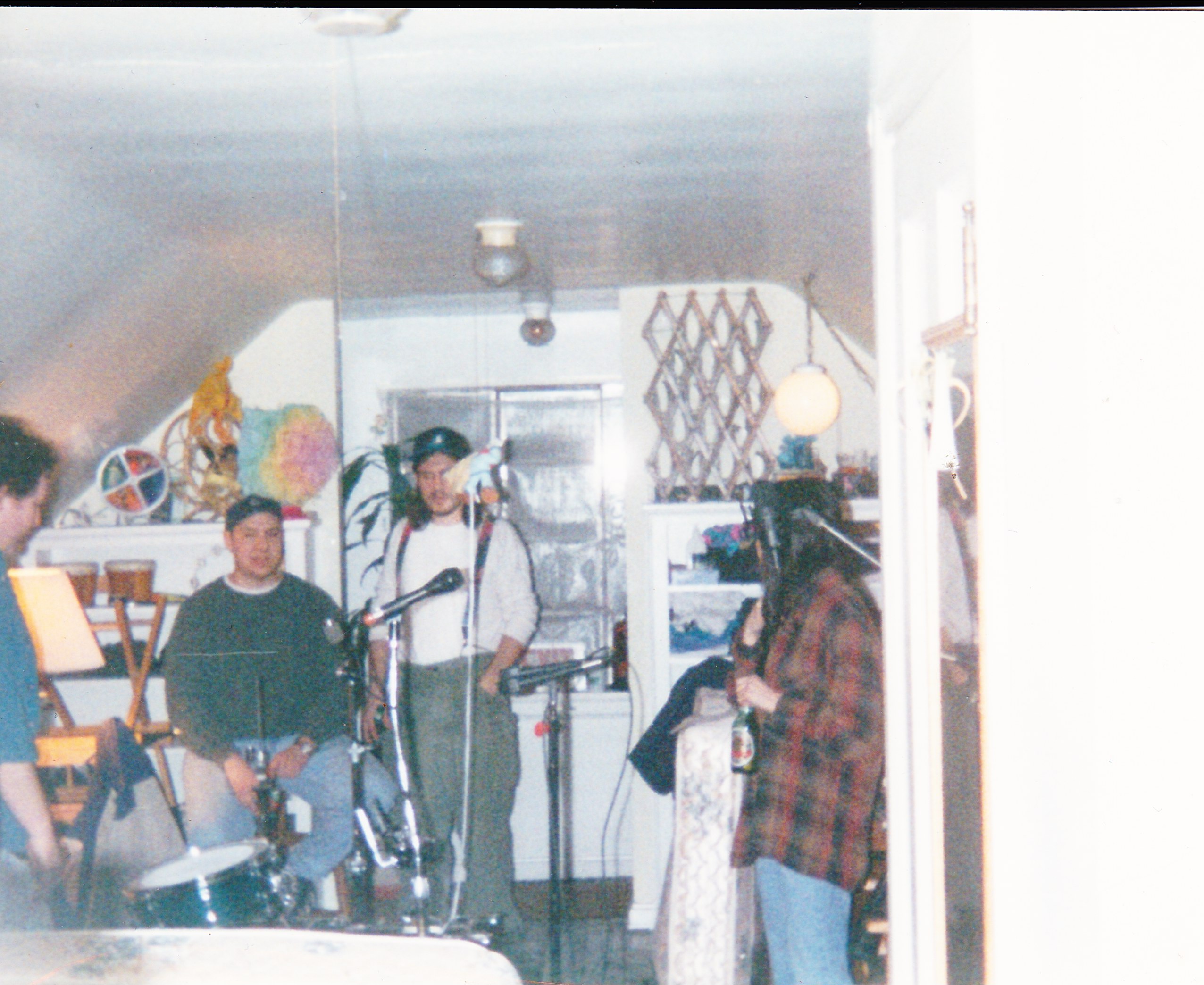
I mentioned experimenting with an on-line jamming program. It became the clipboard for a few guitar sections I created while waiting for one thing or another to work. I titled each as verse, bridge, chorus, etc. I had to give it a project name to save the clipboard and I came up with “Not Now”.
I used those short pieces and assembled them into a song arrangement. Once the chords and arrangement were in place I naturally started thinking of lyrics (as I have a tendency to do). The file was named Not Now so I kept it as my Cakewalk (BandLab) project name. So it becomes the theme of the lyrics. In one hour they were written. Getting them to match the odd rhythms and sparse instrumentation became a challenge. It took me a few days to come up with the melody and then practice it enough to get the rough tracks down. To all just joining; I get things down to rough tracks and then write another song, poetry, lyric or instrumental. When I was young I hoped some band would do my songs correctly in a studio. I am not young now.
Here is a rough mix of “Not Now”. I used a Martin Acoustic/Electric guitar for the guitar track. Using my MIDI keyboard I pulled up a plug-in for drum sounds. I imported the original noodling guitar parts I did from the clipboard but they were not recorded to a metronome or drum pattern. I listened and figured out the tempo of the segments and set Cakewalk to match. That way I could listen to the short guitar segments as I created the basic drum parts and arranged all the segments in order. I pulled up a bass guitar sound and played the MIDI keyboard to generate the bass line.
Next, I Muted the original guitar tracks and recorded a new track to replace it. The song seemed to cry out for strings but that is usually just me. I like good sounding strings in various styles of music.
Lyrics were posted here: https://midimike.com/2020/06/01/not-now/


I gave a link to BandLab above. Full disclaimer this is not a commercial and I do not get paid for anything I do here. However….. if you are interested I used to pay hundreds of dollars every year or so to keep this great recording program updated. They now offer the program and all updates for FREE. No kidding.
I hope you enjoy “Not Now”. Each time I listen to it I like it more. Again, this is just me as each new song I write becomes my newest favorite.
If just for a little while.






